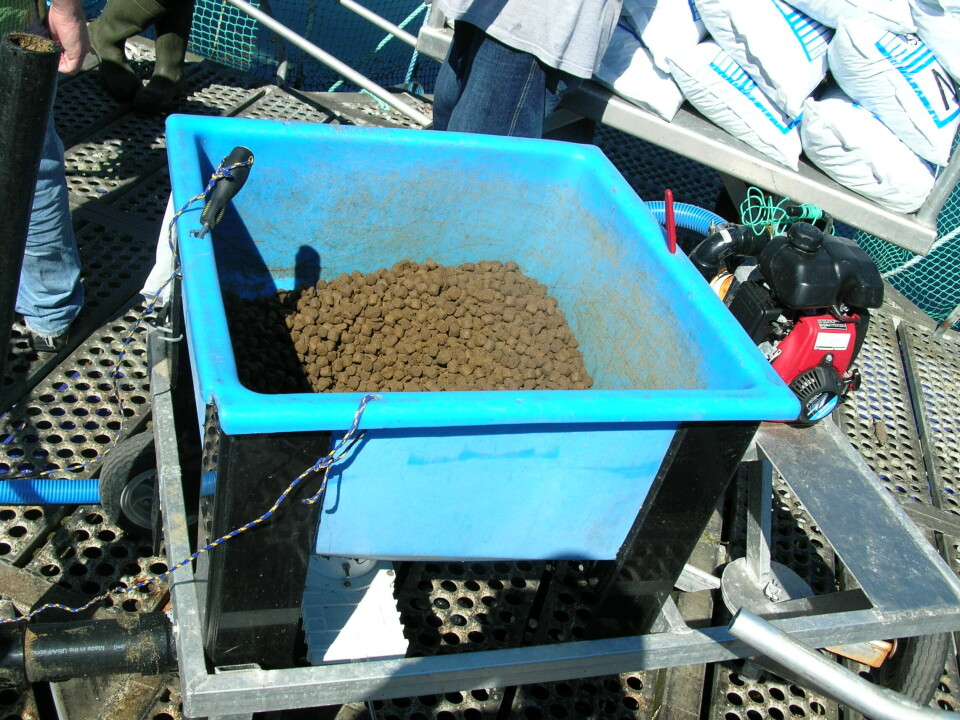
Salmon colouration back in the news
If you asked a bunch of commercial salmon fishers in British Columbia what salmon they most like to eat, the chances are that a number of them would acknowledge that they prefer the “White Springs” they sometimes catch. These Chinook salmon come from stocks that lack the genetic ability to absorb the colour-generating ingredients that are found in the food they eat - the caretonoids astaxanthin and cantaxanthin.
These compounds are naturally found in plankton consumed by the small fish that the salmon eat, and different species and strains of individual salmonids have variable ability to lay down these colour-generating pigments in the flesh of the fish. As a result, the flesh of sockeye salmon and Coho salmon are typically a lot more deep red than species like Atlantic and chum salmon. Since the feed given to farmed salmon contains less and less wild fish ingredients, they get the same carotenoids produced through a process developed for just that purpose, and the colour of the flesh of the farmed salmon therefore is very much the same as that of a wild fish of the same species.
One of the reasons for someone (including me) preferring to eat “White Springs” is the (real or perceived) higher fat content in these fish. This is a fact lost on Ms Emma Davis, Food Editor of The Wesleyan Argus, a newsletter which is published by the undergraduates of Wesleyan University in Middletown, Connecticut. In a recent article she makes reference to a graph published by the vegetarianism-promoting Prevention.com that claims wild salmon is more nutritious than farmed salmon. This graph doesn’t make any mention of which of the 7 species of salmon they are talking about, and it downgrades farmed salmon because it “has twice the amount of fat as wild salmon”. This is utter nonsense if one compared wild and farmed salmon of the same species.
Ms. Davis writes:
This week’s chemicals are a bit more controversial than most, as they relate to the debate about farmed and wild salmon. Demand for farmed salmon has been on the rise since the 1970s, when commercial aquaculture was first established. In fact, global salmon consumption has tripled since 1980, and two-thirds of salmon eaten in the United States is now farmed, according to reports by the World Wildlife Fund. Without the salmon generated through farming, there would only be enough salmon for each person worldwide to have about a serving a year, explained reporter Tamar Haspel in The Washington Post in 2013.
So what’s the big fuss over farmed salmon? Not only is it harder on the environment, it’s also less nutritious, according to Prevention.com. In fact, word on the street is that farmed salmon is injected with dye to appear just as blushingly pink as the wild-caught variety.
Of course, the reality of farmed fish colorants isn’t nearly as heart-stopping as the conspiracy theory. Wild salmon derive their pinkish color from snacking on krill, which contains the carotenoids astaxanthin and cantaxanthin. Farmed salmon, meanwhile, receive carotenoid supplements in pellet form, which the FDA requires producers to label as “color added.” Without these added carotenoids, the farmed salmon would be a grayish-white color, says the Coastal Alliance for Aquaculture reform (An anti-salmon farming activist group based in British Columbia- Ed. comment). Thus, the question is: would you eat salmon if it looked like cooked tuna? Until farmed salmon stop receiving astaxanthin and castaxanthin supplements, I guess we’ll never know.






















































